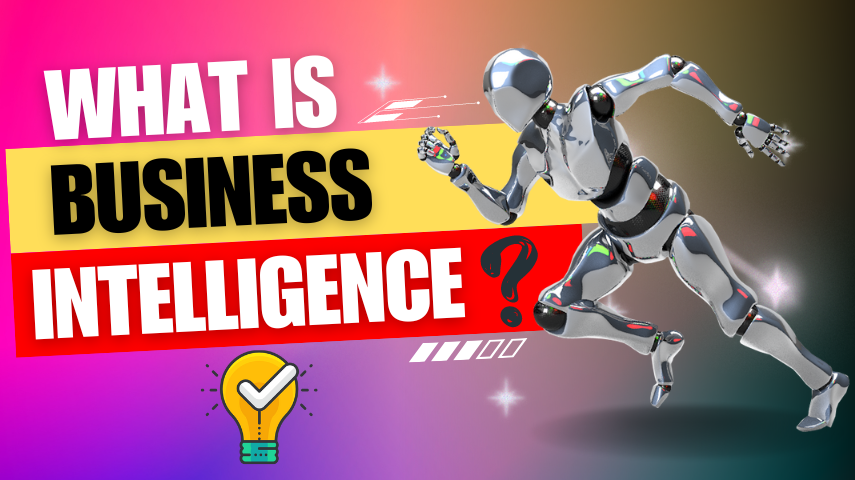Delete Account Request
Become An Instructor

Top 10 AI APIs to Enhance Your Product in 2024
Artificial Intelligence (AI) is transforming industries, enabling new features and improving existing ones. Whether you're building a chatbot, enhancing image recognition, or improving recommendation systems, AI APIs provide a wealth of functionalities. Here’s a look at the top 10 AI APIs you should consider integrating into your product in 2024.
1. OpenAI GPT-4 API
Description: OpenAI's GPT-4 is a state-of-the-art language model that can generate human-like text, answer questions, translate languages, and more.
Example Use Case: Integrate GPT-4 for customer support chatbots to handle inquiries efficiently.
import openai
openai.api_key = 'your_api_key'
response = openai.Completion.create(model="gpt-4",prompt="Can you help me with my order status?",max_tokens=100)
print(response.choices[0].text.strip())
2. Google Cloud Vision API
Description: This API enables powerful image analysis capabilities like object detection, label detection, face detection, and text extraction.
Example Use Case: Use it to automate tagging of user-uploaded images on your platform.
from google.cloud import visionclient = vision.ImageAnnotatorClient()
image = vision.Image(content=image_content)response = client.label_detection(image=image)labels = response.label_annotations
for label in labels:print(label.description)
3. Microsoft Azure Cognitive Services
Description: Offers a suite of AI services and cognitive APIs, including speech, vision, language, and decision-making capabilities.
Example Use Case: Implement speech-to-text for transcription services.
import requests
subscription_key = "your_subscription_key"endpoint = "https://api.cognitive.microsoft.com/sts/v1.0/issueToken"
headers = {'Ocp-Apim-Subscription-Key': subscription_key}response = requests.post(endpoint, headers=headers)print(response.text)
4. IBM Watson Assistant
Description: A comprehensive chatbot framework that understands natural language, automates interactions, and provides accurate responses.
Example Use Case: Deploy Watson Assistant to streamline customer service operations.
from ibm_watson import AssistantV2from ibm_cloud_sdk_core.authenticators import IAMAuthenticator
authenticator = IAMAuthenticator('your_api_key')assistant = AssistantV2(version='2023-06-09', authenticator=authenticator)assistant.set_service_url('your_service_url')
response = assistant.message_stateless(assistant_id='your_assistant_id',input={'text': 'Hello, how can I help you today?'}).get_result()
print(response)
5. Amazon Rekognition
Description: This API provides image and video analysis capabilities, including facial recognition, object detection, and activity recognition.
Example Use Case: Use Rekognition for building secure facial authentication systems.
import boto3
client = boto3.client('rekognition', region_name='us-west-2')
response = client.detect_labels( Image={ 'S3Object': { 'Bucket': 'your_bucket', 'Name': 'your_image.jpg' } })
for label in response['Labels']: print(f"{label['Name']} : {label['Confidence']}")
6. Twilio AI
Description: Provides a range of AI-powered communication tools, including natural language understanding and sentiment analysis.
Example Use Case: Enhance customer engagement by understanding the sentiment behind their messages.
from twilio.rest import Client
client = Client("your_account_sid", "your_auth_token")
message = client.messages.create(body="Hello, world!",from_='+15017122661',to='+15558675310')
print(message.sid)
7. Clarifai
Description: Offers image and video recognition solutions with customizable AI models for different industries.
Example Use Case: Implement visual search functionalities in e-commerce platforms.
from clarifai.rest import ClarifaiApp
app = ClarifaiApp(api_key='your_api_key')
model = app.public_models.general_modelresponse = model.predict_by_url(url='https://samples.clarifai.com/metro-north.jpg')
for concept in response['outputs'][0]['data']['concepts']:print(concept['name'], concept['value'])
8. DeepL API
Description: A powerful translation API that delivers high-quality translations in multiple languages.
Example Use Case: Provide real-time translation for a multilingual customer support system.
import requests
response = requests.post('https://api-free.deepl.com/v2/translate',data={'auth_key': 'your_api_key','text': 'Hello, world!','target_lang': 'DE'})
print(response.json())
9. Hugging Face Transformers
Description: An extensive library of pre-trained models for natural language processing tasks such as text generation, classification, and more.
Example Use Case: Use transformers for sentiment analysis in social media monitoring.
from transformers import pipeline
classifier = pipeline('sentiment-analysis')results = classifier('I love using Hugging Face!')
print(results)
10. Dialogflow by Google
Description: A natural language understanding platform for building conversational interfaces.
Example Use Case: Develop chatbots that understand and respond to user queries across different platforms.
from google.cloud import dialogflow_v2 as dialogflow
session_client = dialogflow.SessionsClient()session = session_client.session_path('your_project_id', 'unique_session_id')
text_input = dialogflow.TextInput(text='Hello, Dialogflow!', language_code='en')query_input = dialogflow.QueryInput(text=text_input)
response = session_client.detect_intent(session=session, query_input=query_input)
print(response.query_result.fulfillment_text)
Conclusion
Choosing the right AI APIs for your product can significantly enhance its functionality and user experience. From natural language processing to image recognition, these top 10 AI APIs provide robust solutions to integrate advanced AI capabilities into your applications in 2024. Start experimenting with these APIs to find the perfect match for your product's needs.
FAQs
1. What are AI APIs?
AI APIs are application programming interfaces that provide access to artificial intelligence models and algorithms, allowing developers to integrate AI capabilities into their applications.
2. Why should I use AI APIs?
AI APIs offer advanced functionalities like natural language processing, image recognition, and data analysis, enabling you to enhance your product's features without developing AI models from scratch.
3. What is the OpenAI GPT-4 API used for?
The OpenAI GPT-4 API is used for generating human-like text, answering questions, translating languages, and more, making it ideal for chatbots and content generation.
4. How can the Google Cloud Vision API benefit my product?
The Google Cloud Vision API can analyze images, detect objects and text, and perform facial recognition, which is useful for automating image tagging and enhancing security features.
5. What does IBM Watson Assistant offer?
IBM Watson Assistant provides a comprehensive chatbot framework that understands natural language and automates interactions, improving customer service operations.
6. Can Amazon Rekognition be used for facial authentication?
Yes, Amazon Rekognition offers robust image and video analysis capabilities, including facial recognition, making it suitable for building secure facial authentication systems.
7. How does Microsoft Azure Cognitive Services support AI development?
Microsoft Azure Cognitive Services offers a suite of AI services for speech, vision, language, and decision-making, supporting various AI development needs like speech-to-text and image analysis.
8. What are some use cases for the Clarifai API?
Clarifai's image and video recognition solutions can be used for visual search functionalities, enhancing e-commerce platforms, and automating content moderation.
9. How can DeepL API help in multilingual customer support?
DeepL API provides high-quality translations in multiple languages, enabling real-time translation for multilingual customer support systems.
10. What functionalities do Hugging Face Transformers provide?
Hugging Face Transformers offer pre-trained models for natural language processing tasks such as text generation and sentiment analysis, which are useful for social media monitoring and content creation.
11. What makes Twilio AI suitable for customer engagement?
Twilio AI provides tools like natural language understanding and sentiment analysis, enhancing customer engagement by understanding the sentiment behind messages and improving communication strategies.
12. How can Dialogflow by Google be used in my product?
Dialogflow enables the development of conversational interfaces and chatbots that can understand and respond to user queries, making it ideal for enhancing user interaction on various platforms.







.png)

